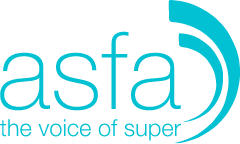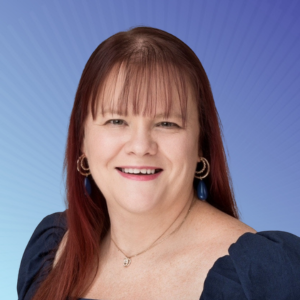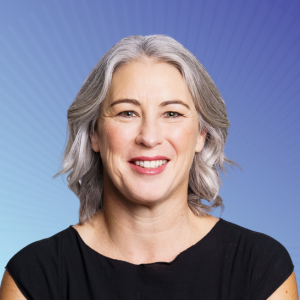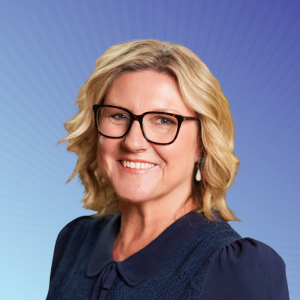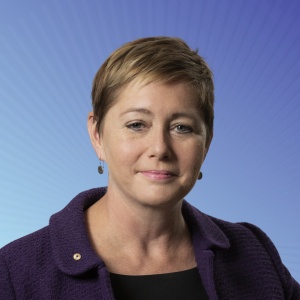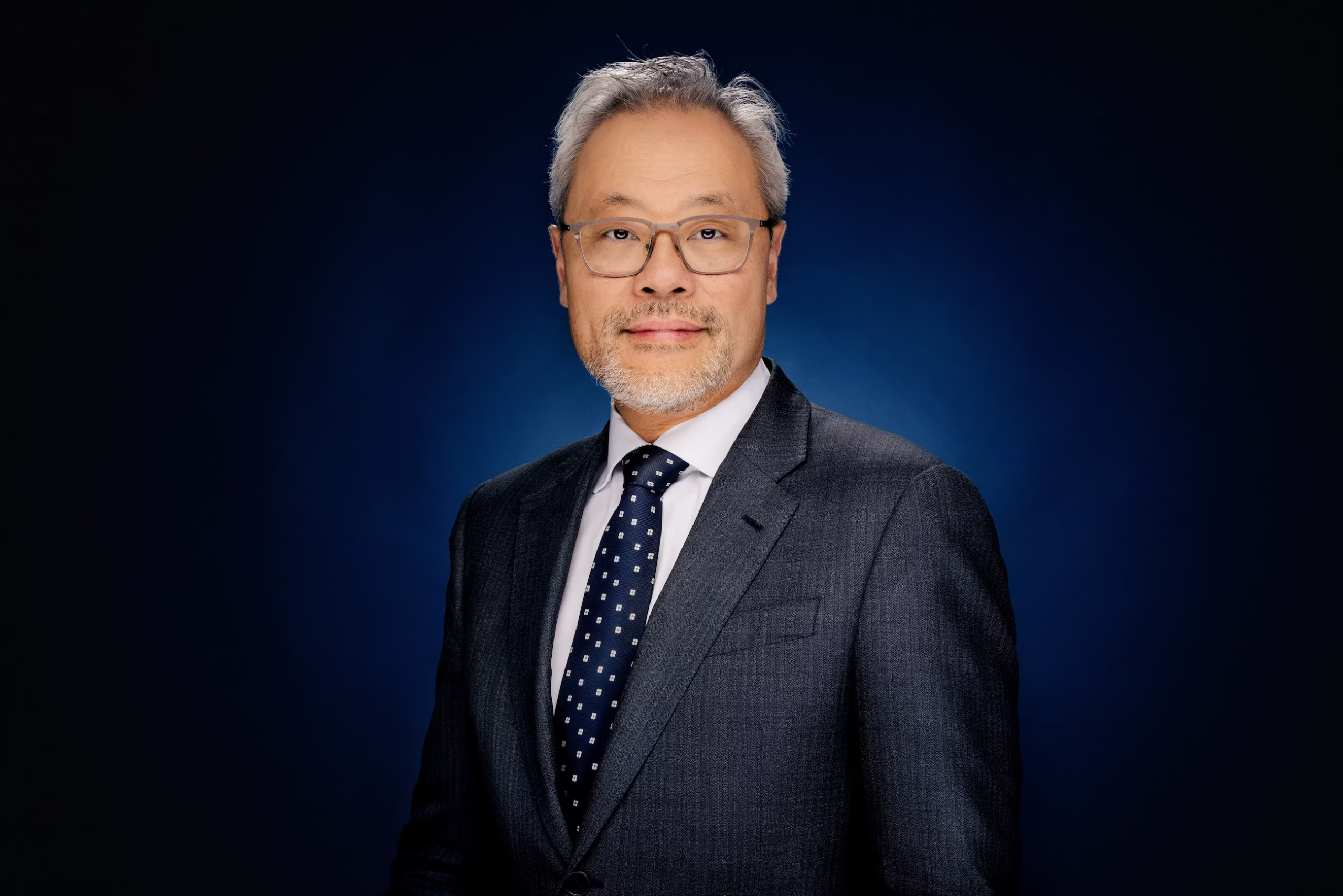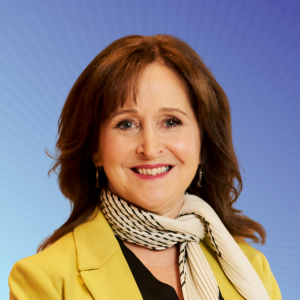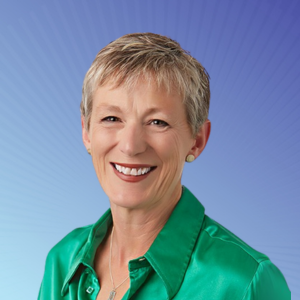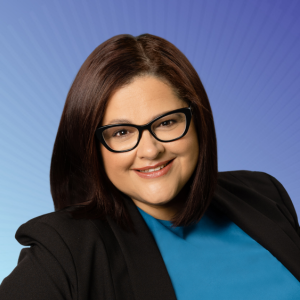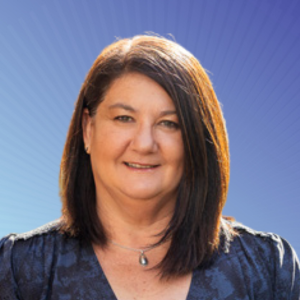31 May 2016
Self-employed lagging behind in saving for Retirement
The Association of Superannuation Funds of Australia (ASFA) is urging those who are self-employed to plan for their retirement, with recent research finding that almost one quarter of self-employed people do not have superannuation.
Nearly 10 per cent of the workforce is self-employed and it is currently not compulsory for them to make superannuation contributions.
In the run up to retirement, those who are self-employed and are aged 60-64, have around half the superannuation of employees. Only 27 per cent of those in their 60s who are self-employed, and soon to reach retirement, have more than $100,000 in superannuation, compared to 50 per cent of employees under the Superannuation Guarantee (SG).
Individuals with lower-value business assets were also found to be more likely to have lower superannuation balances, or no super at all.
ASFA CEO, Ms Pauline Vamos said it is extremely concerning that Australian’s who are self-employed have a lot less super savings than employees who are paid the Superannuation Guarantee, with many unlikely to have enough funds to enjoy a comfortable lifestyle throughout retirement.
“We encourage all Australians to think about the lifestyle they want in retirement and to setup, and make regular contributions to superannuation.
“Business assets such as financial, shares or investment properties are often believed to serve as de-facto superannuation. However many of those who are self-employed do not have significant business or financial assets, and may struggle sustaining the standard of living they are used to when they reach retirement age.
“Superannuation is a purpose built system for the building of retirement savings. Because it is a long-term investment, the earlier you start putting more into super, the more you benefit from the effects of compounding interest. Contributing to super makes for a sound business decision.”
While making contributions to super is currently not compulsory for the self-employed, if they do, there are a number of benefits they can potentially claim from the Government, such as bonus co-contributions.
“Now is an opportune time for all, particularly those who are self-employed, to assess where they are in terms of their retirement planning, where they want to get to and how to save enough money to get there,” Ms Vamos concluded.
For tips about saving for your retirement, visit the independent Super Guru website www.superguru.com.au.
Notes to editors
Source: Super and the self-employed, ASFA Research and Resource Centre – May 2016
Supplementary statistics
- Almost a quarter of those who are self-employed (22 per cent) do not have superannuation
- Around three-quarters of those who are self-employed, with no post-school qualification, have no superannuation or low super balances. Common industries for people within this bracket include accommodation and food services, transport, postal and warehouses.
- Women who are self-employed have superannuation balances that are around one-third lower than both female employees and males who are self-employed.
- Women (60-64) who are self-employed have $85,000 in their retirement fund on average compared to $155,000 for a male. This figure would provide only a very modest retirement income for a female.
ASFA is the peak policy, research and advocacy body for Australia’s superannuation industry. It is a not-for-profit, sector-neutral, and non-party political national organisation, which aims to advance effective retirement outcomes for members of funds through research, advocacy and the development of policy and industry best practice.
